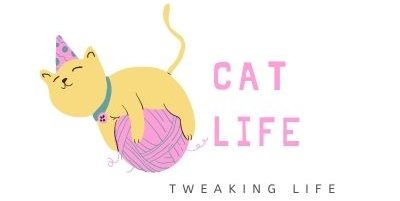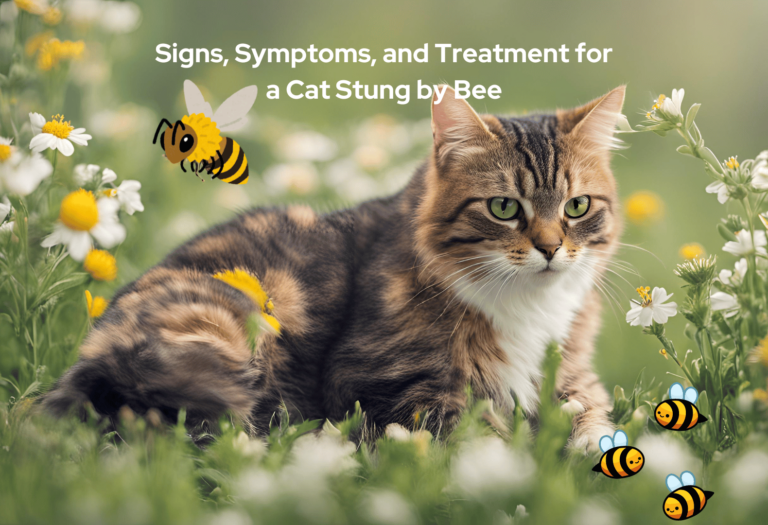Why Does My Cat Lick Me? Deciphering Your Cat’s Compassionate Secret Language
Cats are enigmatic creatures, often surprising us with their behaviors, and one such intriguing behavior is licking. Many cat owners, like me, have experienced their cat’s rough tongue on their skin, leading to a mix of reactions and interpretations.
I have often experienced this behavior when he comes to me for cuddles, and sometimes when I pet him “the wrong way” (aka when he doesn’t want to be pet anymore hah). However, is this a sign of affection, or is there more to this behavior?
There are numerous factors that answer the question “Why does my cat lick me?”, so let’s take a look at this aspect of cat behavior and its meaning in the special relationship you have with your pets.
Key Takeaways:
- Licking represents affection, trust, and a deep sense of familial bonding with their human.
- Cats lick to mark territory, subtly claiming their humans by mingling scents.
- Grooming extends to humans, showing care, nurturing, and considering you part of their pack.
- A method of communication, indicating a cat’s desires for attention, play, or care.
Table of Contents
Understanding Licking as a Behavior
Licking is an innate behavior that cats develop early in life. From the moment they are born, kittens experience the gentle licks of their mother, not just as a means of cleanliness, but as a vital expression of comfort and security. This maternal grooming sets the foundation for a cat’s perception of licking as a fundamental form of social interaction and affection.
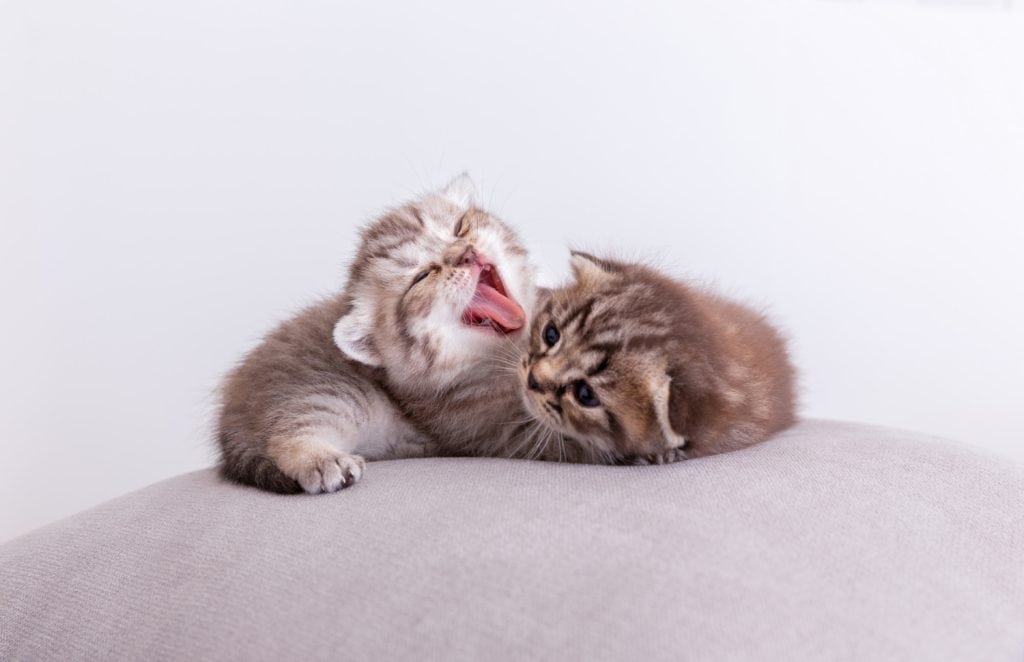
As kittens grow, this behavior evolves. Licking becomes a multifaceted language through which cats communicate various messages. It’s a behavior deeply ingrained in their social structure, serving purposes that go beyond mere grooming.
In the wild, cats in a group often lick each other, reinforcing social bonds and hierarchies. This communal grooming, known as allogrooming, is a sign of trust and friendship among cats.
In the context of human-cat relationships, licking is a behavior that transcends its primal purposes. When your cat licks you, it’s not just grooming you but also marking you as a part of its trusted social circle.
It’s a sign that your cat feels safe and comfortable with you, considering you a part of its family. This behavior is a cat’s way of blending the lines between feline and human interaction, using its natural instincts to express affection and establish a social bond with you.
Understanding this behavior from a cat’s perspective allows us to appreciate the complexity and depth of feline communication. Licking is not a mere habit but a nuanced language of affection, comfort, and belonging.
Recognizing this can deepen the bond between you and your cat, allowing a harmonious coexistence that respects and cherishes the natural instincts of these fascinating creatures.
Reasoning Behind “Why Does My Cat Lick Me”
Licking is a behavior that is deeply rooted in a cat’s instinctual practices and serves multiple purposes in the complex tapestry of cat communication and social interaction. While it’s easy to oversimplify this behavior as mere affection, the reasons behind a cat’s licking are diverse and multifaceted.
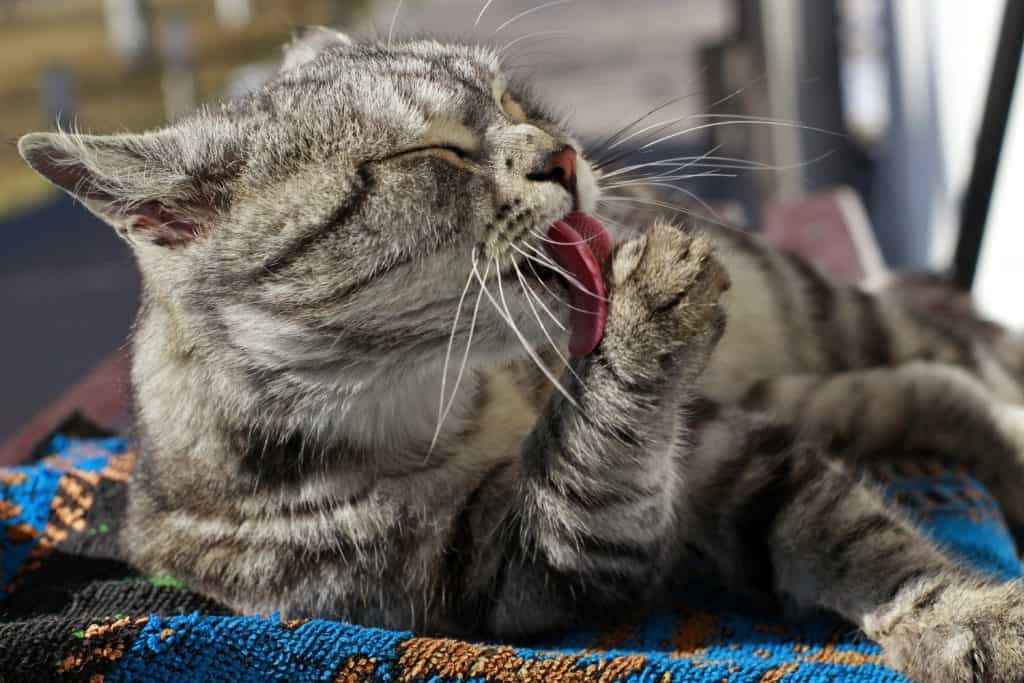
1. Affection and Bonding
Cats use licking as a tender gesture of affection and care. Originating from the mother-kitten relationship, where licking is synonymous with nurturing and comfort, domestic cats extend this behavior to their human companions. When your cat licks you, it’s often their way of showing love, trust, and a sense of belonging. It’s a part of their social bonding, a way of connecting with you not just as a pet and owner but as a member of their family.
2. Marking Territory
Cats are territorial creatures, and licking is one of the subtle ways they mark their territory. By licking you, they are mingling their scent with yours, essentially marking you as ‘theirs’ in a gentle, affectionate manner. This behavior stems from their instinct to establish and maintain their presence in their environment, ensuring a sense of security and familiarity.
3. Grooming and Cleanliness
Grooming is an integral part of a cat’s daily routine, and they are meticulous about their cleanliness. When your cat licks you, it may perceive you as a part of its ‘pack’ and extend its grooming habits to you. This behavior is not just about cleanliness but also about care and nurturing, a sign that your cat is comfortable enough to take care of you as it does itself.
4. Seeking Attention and Communication
Cats are known for their independent nature but seek attention and interaction in their unique ways. Licking can be a cat’s strategy to draw your attention, whether it’s a subtle request for affection, playtime, or even food. It’s a form of communication, a non-verbal way for your cat to express its needs and desires, relying on the bond and understanding it shares with you.
Interpreting the Licking Behaviour
Interpreting your cat’s behavior of licking can be akin to learning a subtle and nuanced language, one that communicates emotions and needs without words. Understanding the context and nuances of this behavior is crucial in deciphering what your cat might be trying to convey. Here are some insights into interpreting the licking.
The context in which your cat licks you can significantly influence the interpretation of this behavior. For instance, a cat that licks you after a meal might be expressing contentment or gratitude while licking during a petting session might signify affection or the cat’s desire for continued attention. Observing the circumstances and your cat’s overall body language can provide clues about the underlying message.
The frequency and intensity of licking can also hold meaning. Gentle, occasional licks are often signs of affection or a casual greeting. In contrast, persistent or vigorous licking might indicate a more pressing need for attention or could be a stress-related behavior. Noticing these patterns can help you understand your cat’s emotional state and respond appropriately.
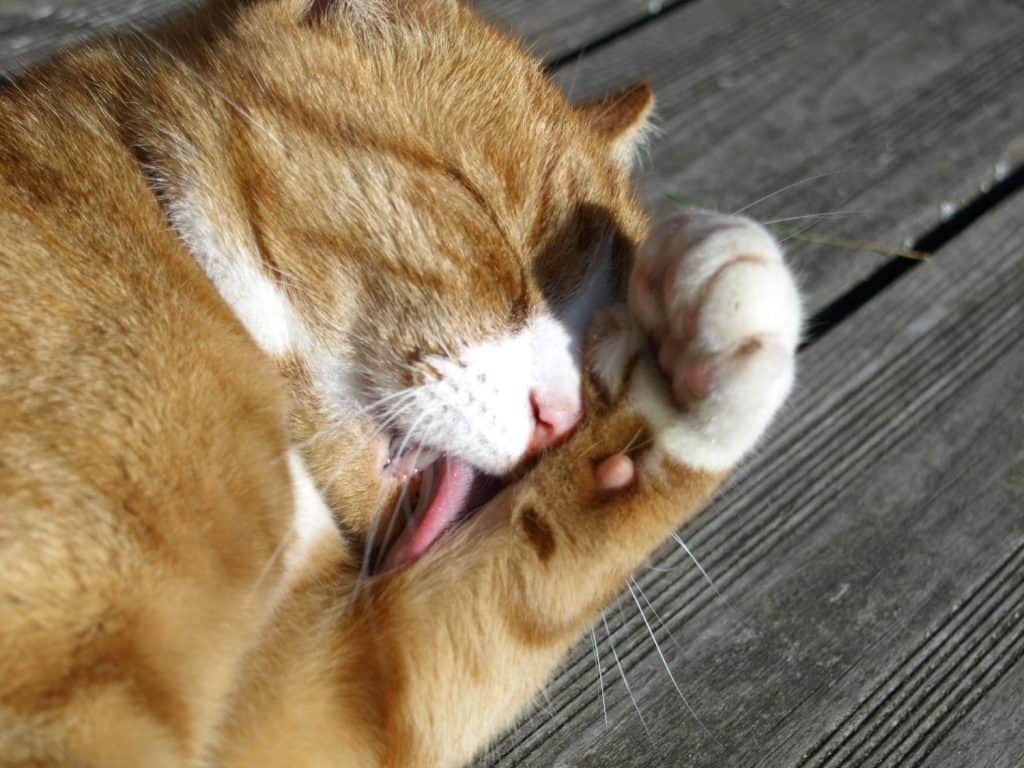
Your cat’s licking might also be a response to your behavior. For example, if your cat starts licking you more frequently after you’ve been away for a while, it might be a way of re-establishing the bond or expressing relief at your return. Alternatively, if the licking occurs after a specific action on your part, like a particular way of petting or a routine you share, it might be an affirmative response or a request for more.
Sometimes, licking can be indicative of your cat’s physical or emotional state. Cats that are anxious, stressed, or unwell might lick more frequently as a self-soothing behavior or a way to seek comfort and assurance from their owners. Paying attention to any concurrent changes in behavior, appetite, or energy levels can provide further clues about what your cat might be trying to communicate through licking.
Interpreting your cat’s licking requires patience, observation, and an understanding of your cat’s personality and habits. Each cat is unique, and their way of communicating through licking can be just as individual.
Health and Hygiene Considerations
While the act of a cat licking its owner is often a sign of affection and bonding, it’s important to consider the health and hygiene implications that come with this behavior. A cat’s mouth, like any animal’s, contains bacteria, and understanding how to manage this aspect of their behavior is crucial for maintaining a healthy interaction between you and your pet.
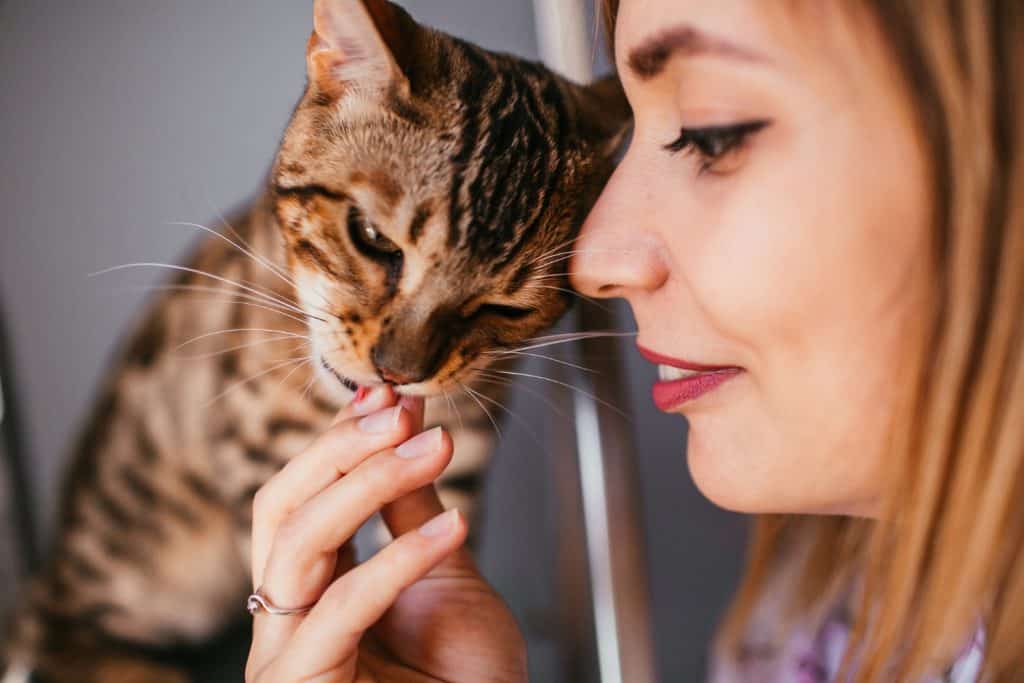
A cat’s mouth harbors various bacteria, some of which are part of their normal flora, while others can potentially cause infections. While the risk of transmission of diseases from cats to humans through licking is generally low, it’s still present. This is particularly important for individuals with compromised immune systems, where extra caution is advised.
If your cat’s licking becomes excessive, especially on areas of broken skin or near your face, it might be prudent to discourage this behavior gently. You can redirect their attention with a toy or engage them in a different activity. Ensuring that your cat’s vaccinations and deworming schedules are up to date can also minimize potential health risks.
But it’s a good practice to wash the area gently with soap and water after your cat licks you, especially if you have any scratches or open wounds. This is not only to protect yourself but also to maintain the overall hygiene of your living space.
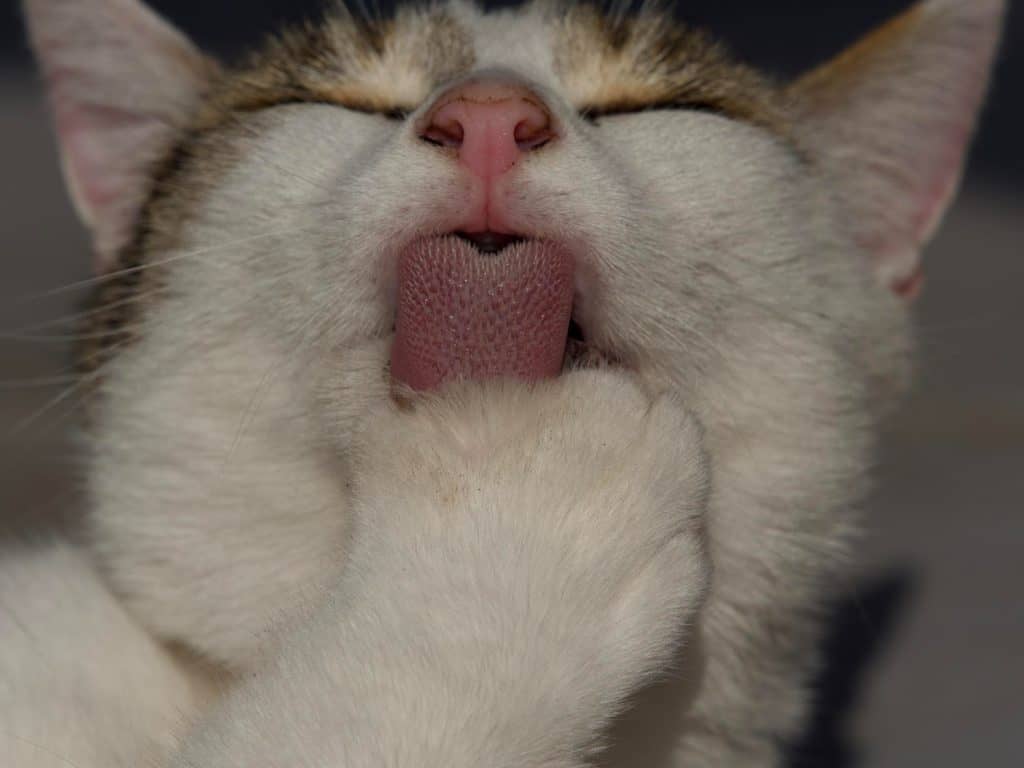
Keeping an eye on your cat’s oral health is equally important. Regular check-ups with the vet can ensure that your cat’s mouth is healthy and free from any conditions that might pose a risk to you or exacerbate the bacteria in their mouth. A healthy cat means a healthy mouth, which in turn reduces any potential health risks associated with licking.
Understanding and managing the health and hygiene aspects of your cat’s licking behavior is essential. It ensures that this affectionate gesture remains a positive part of your relationship, fostering a safe and healthy environment for both you and your four-legged friend.
How to Respond to Your Cat’s Licking
Appropriately responding to your cat’s licking is an essential aspect of nurturing a harmonious relationship with your cat. When your cat licks you, it’s often expressing trust and affection, a gesture that deserves recognition and appreciation. A gentle stroke or a soft word can acknowledge your cat’s display of love, reinforcing the positive nature of this interaction.
However, it’s also important to set boundaries, especially if your cat’s licking becomes excessive or is focused on areas that make you uncomfortable. Instead of scolding, gently redirect your cat’s attention to a toy or engage in another form of interaction. Consistency in your response is crucial. Ensure that everyone in your household understands and adheres to these boundaries to avoid confusing your cat.

Cats may also lick as a way to alleviate boredom or anxiety, so providing alternatives is key. Ample playtime, interactive toys, or the companionship of another pet can offer your cat other ways to expend its energy and seek comfort. This not only helps in managing the licking behavior but also contributes to your cat’s overall well-being.
At times, excessive licking can indicate underlying issues such as stress, anxiety, or health problems. Paying attention to when and how often your cat licks can offer insights into potential triggers or concerns. If the behavior seems unusual or concerning, seeking advice from a veterinarian or a feline behaviorist can help address the root cause and ensure your cat’s health and happiness.
When your cat responds positively to your cues and respects the set boundaries, reinforce this behavior with treats, affection, or playtime. Positive reinforcement is an effective way to encourage desirable behavior, enhancing the bond between you and your cat.
It’s all about striking a balance between understanding the affectionate nature of licking and managing it in a way that respects both your comfort and your cat’s natural instincts.
When Cat Licking Might Be a Concern
While cat licking is a natural and common behavior in cats, signifying affection or marking territory, there are times when it might indicate underlying issues. Being aware of when cat licking might be a concern is important for ensuring the health and well-being of your feline companion.
Excessive or compulsive cat licking, especially if it’s a sudden behavior change, can be a sign of stress or anxiety. Cats, like humans, may develop certain behaviors as coping mechanisms in response to changes in their environment or routine.
If your cat starts licking excessively, it’s worth considering any recent changes or potential stressors in its life. This could include moving to a new home, the addition or loss of a family member, or even changes in the household schedule.
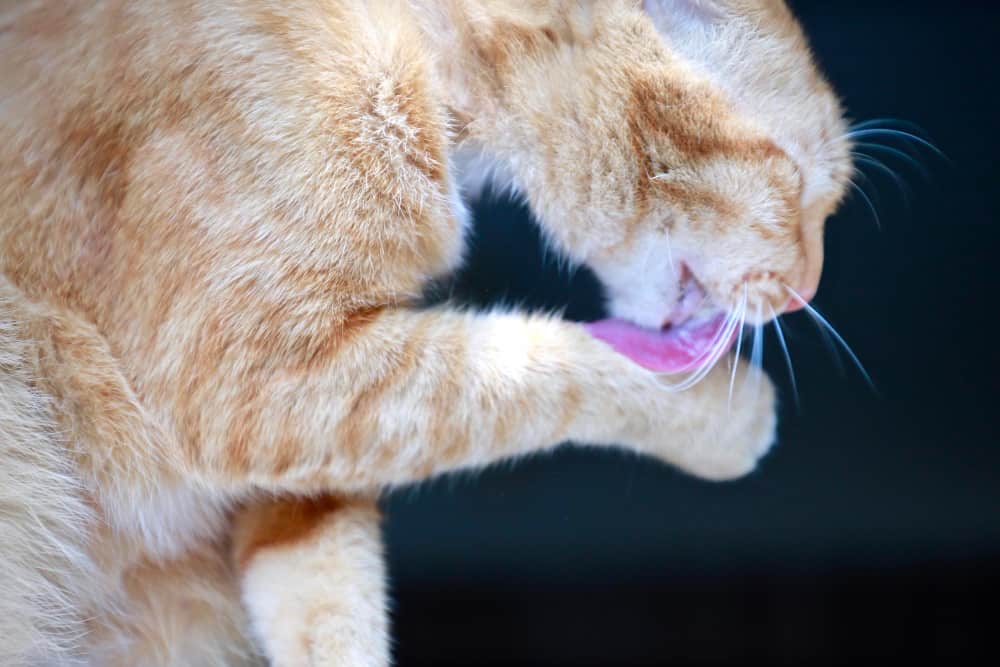
Sometimes, excessive cat licking can also be indicative of a health issue. For instance, if your cat is persistently licking a particular area of its body, it might be trying to soothe an area that’s painful or uncomfortable. Conditions like allergies, parasites, or skin infections can cause discomfort, leading your cat to lick excessively in an attempt to alleviate the irritation.
Moreover, cat licking can sometimes be a symptom of more serious internal issues. For example, cats with gastrointestinal problems might lick surfaces or objects compulsively due to nausea or discomfort. In such cases, the cat licking behavior is usually accompanied by other symptoms, such as changes in appetite, vomiting, or changes in bowel movements.
If you notice a sudden increase in cat licking or if the licking is focused on a specific area of the body, it’s advisable to observe your cat closely for any other signs of distress or discomfort.
Consulting with a veterinarian can provide insights into whether the cat licking is a behavioral issue or a symptom of a medical problem. A professional can offer guidance on the best course of action, whether it’s modifying the environment to reduce stress, providing medical treatment, or implementing behavioral therapies.
Being attentive to changes in your cat’s licking behavior and understanding when it might be a cause for concern is an important aspect of caring for your pet. It ensures that you’re responsive to your cat’s needs and can provide the appropriate care and intervention when necessary.
